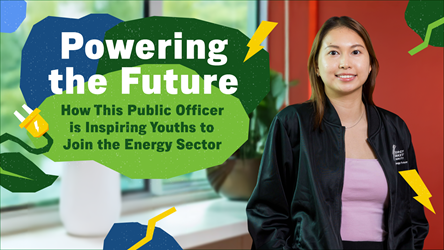Solving Mysteries: All In A Day’s Work For A Histotechnologist
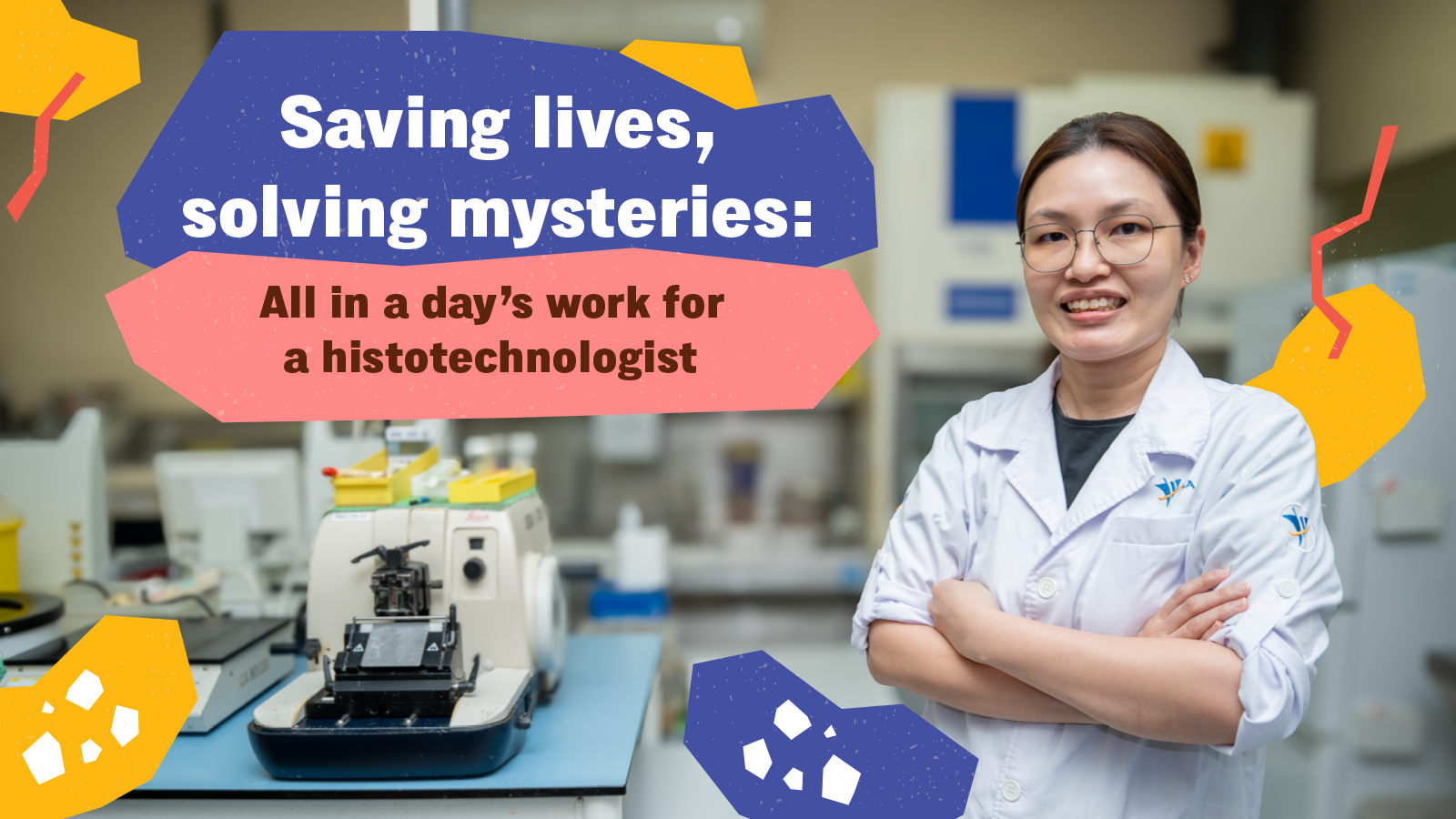
3-minute read
The sudden death of an infant is a tragedy that no family should have to endure. But for one family, the heartbreak was compounded by suspicion.
Their child had become unresponsive while being carried by a parent. Despite the hospital’s resuscitation efforts, the baby passed away. The findings were damning—there was bleeding in the skull cavity over the surface of the brain, leading to suspicions of child abuse.
“But after we processed the brain tissue samples and sent them to the forensic pathologists, it was found that the baby was born with abnormally formed blood vessels prone to spontaneous rupture,” Faith Zheng, histotechnologist at Health Sciences Authority (HSA), shares.
“This led to a fatal bleed. The tissue evidence became a key turning point for the case, turning it from suspected child abuse to an unfortunate tragedy which is no one’s fault.”
When you think of groundbreaking medical discoveries or the pursuit of justice in the courtroom, histotechnologists like Faith probably don’t come to mind.
But behind every solved forensic mystery, there is someone like Faith—working meticulously behind the scenes to transform tissue samples into answers for coroners, forensic pathologists, and the police.
With steady hands and sharp eyes, Faith’s precision and expertise turns the microscopic into indisputable diagnostic clues.
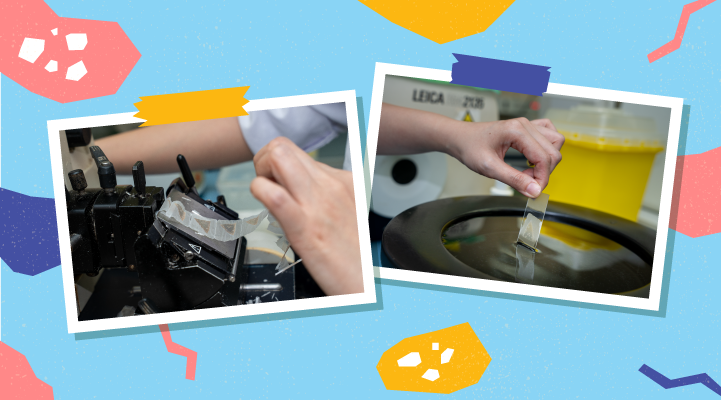
A job that demands precision and care
The work of turning tissue samples into clues takes place at HSA’s Histology Laboratory. Here, tissue samples from autopsies are sent to the laboratory, where work begins immediately to preserve their structure and integrity.
The goal is to create specimens that forensic pathologists can analyse in detail and gather vital insights into the causes of illnesses or death.
Steady hands are a must for a histotechnologist, as the role involves handling delicate tissue samples and microscopic instruments. “First I need to use really sharp knives to slice the tissue samples into extremely thin sections, so that they are useful for microscopic examination,” Faith explains.
“Then I process the delicate sections to keep them ready for study. Once that is done, I need to mount the sections, which would be stained with dyes to create contrasts, onto slides.”
The entire process, though, takes three days to complete. The finished slides are then sent to forensic pathologists who use them for analysis.
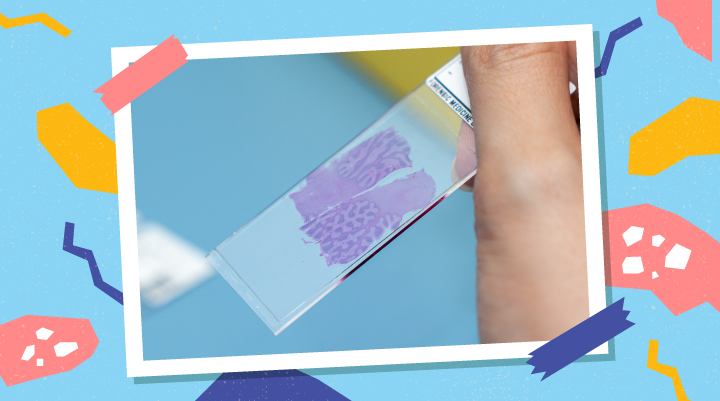
Histology in action: Piecing together the mystery of COVID-19
Besides working on cases surrounding unexplained death, the histology laboratory also plays a critical role in helping scientists understand diseases. The COVID-19 pandemic, which started in 2020, is a key example.
The new virus was novel to epidemiologists and doctors. It was also a time marked by fear and anxiety, as families were losing loved ones daily and little is known about how the virus worked and spread.
Histology played a critical role in piecing together the COVID-19 mystery. With carefully prepared tissue samples, pathologists could determine how severely the virus affected specific organs.
At a later stage, tissue samples allowed pathologists to trace how the body attempts to heal itself after infection. By understanding the disease, the medical community worldwide could develop strategies to fight it, control it, and ultimately prevent it.
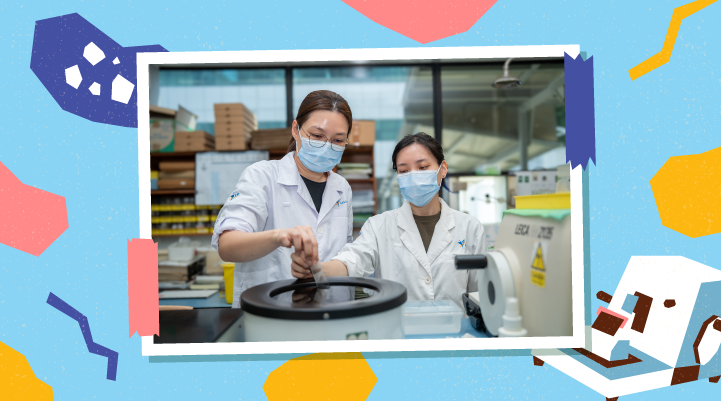
Unseen heroes of justice and medicine
True crime and courtroom drama often revolve around criminal investigators, doctors, and lawyers. Histotechnologists hardly get the limelight despite their profoundly important work.
Despite having a low profile, Faith finds her ten-year journey at HSA deeply satisfying, “It was my dream job to work here. And there is something very fulfilling about doing the job well and supporting other roles in the chain of evidence.”
The work comes with its challenges, however. Histotechnologists may be many steps removed from the scene of death, dealing with tissue rather than corpses. But the emotional weight remains when cases were particularly poignant.
Being able to maintain a professional distance and compartmentalise ensures that Faith stays focused on her work. Working in a lab also means coping with a blend of smells—an assortment of chemicals and decomposed specimens. Fortunately, air-purifying equipment and industrial grade masks help to mitigate these.
As a veteran histotechnologist, Faith is also committed to nurturing the next generation of officers. “It is their era,” she emphasises. “So, it is time to pass my knowledge on and make sure they acquire the skills.”
“I remember when I was a newbie, my seniors made the work seem so effortless. When I finally mastered the skills, it was a great sense of accomplishment. I want to do that for my younger co-workers.”

- POSTED ON
Mar 3, 2025





